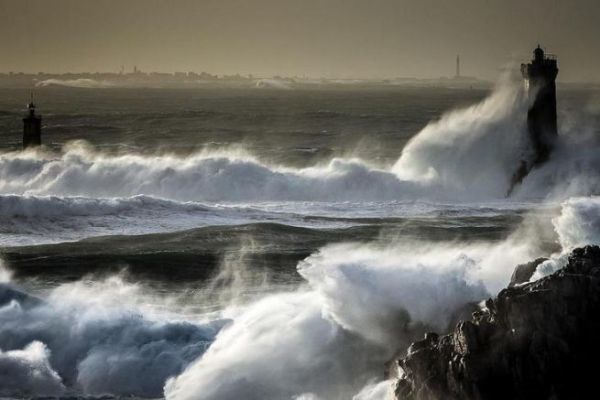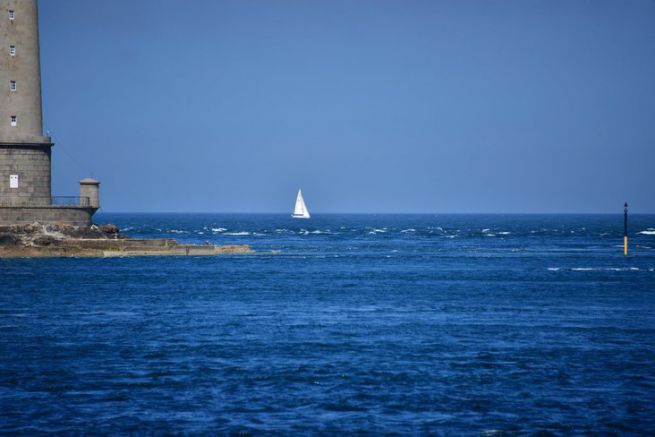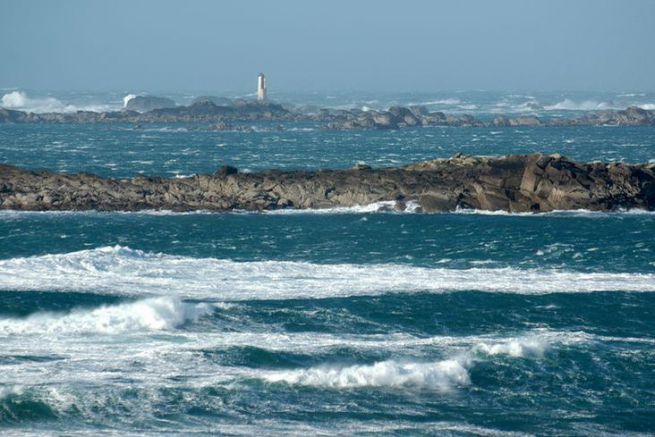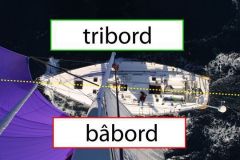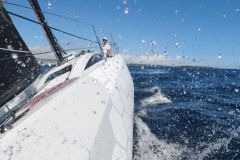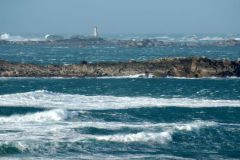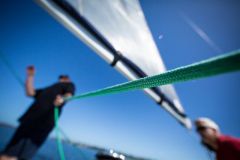Raz in France
A raz is a relatively narrow passage where the sea current is violent.
Barfleur's Raz is located at the north-eastern tip of the Cotentin peninsula. The powerful ebb and flow sometimes cause a difficult sea even in good weather.
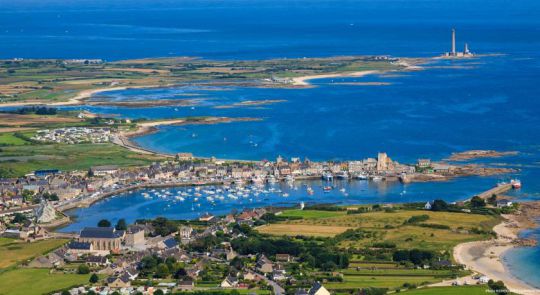
Le Raz Blanchard (the south-western end of the Cotentin) is probably the passage with the strongest current in Europe. This raz is located between Pointe la Hague and the Channel Island of Alderney at the northern entrance to the Rout Passage (if you don't shudder at the name...).

The Passage of the Fromveur is not officially called a "raz", but it has the characteristics of one. It is located between the islands of Molène and Ouessant. The current can reach 9 knots locally, and almost 7 knots at mid-tide in fast water throughout the passage. Avoid at all times when the wind is blowing against the current, as the sea is very rough.
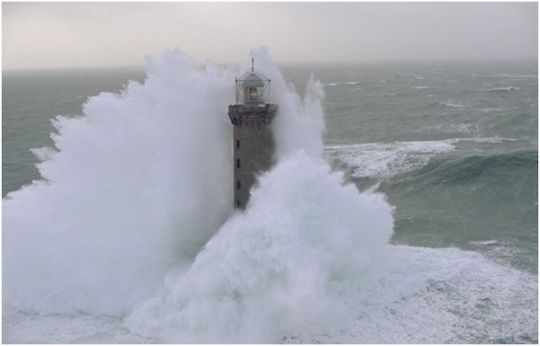
The Breast Raze separates the Iroise Sea from southern Brittany. It is a passage between the Ile de Sein and the Pointe du Raz, in Finistère, Brittany. The sailors have a 4 mile wide entrance, it is famous for its breakers and its violent current.
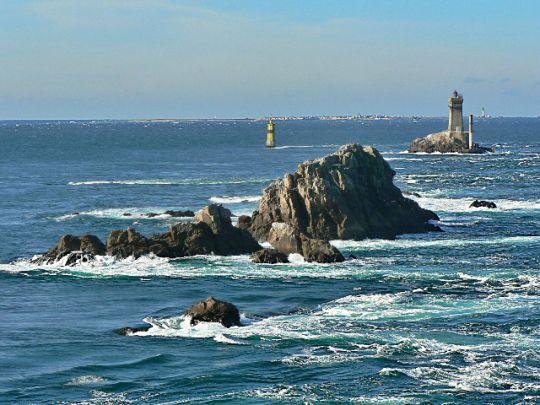
What is the influence of tidal currents on the state of mer??
The tidal phenomenon moves millions of litres of water back and forth all day long. These gigantic movements of water make up the tidal currents, which means that sailors are moving on a moving surface. It's a bit like a walker on a treadmill, he quickly understands that there is a favorable direction.

On a boat, it is the same or almost the same, because the sea state is considerably modified by the currents. The current is so powerful that the sea on the surface does not resist it, it becomes chaotic, it is literally dismantled.
In the event of a swell contrary to the current, we will often see an almost immobile breaking "bar" that it is preferable to avoid. But watch out for the road to melt, as the current will probably take you there.
The current in the sea is like a river
In the vicinity of the raz, hills and rocks are obstacles to the movement of water, which sometimes will be accelerated and sometimes slowed down.
The observation of a river is rich in lessons that can be transposed to the sea subject to the current.
- On shallow banks, the current is less strong than in the current bed. The same is true at sea, shallow areas are less subject to the current.
- If a rock gets in the way, the current will be stronger on either side of the rock and very weak behind it. Islands or river rocks react in the same way.

Some tips for passing a raz
- The practice of these places requires a boat with proven marine qualities.
- Before embarking, it is necessary to make sure that there is a moderate wind and relatively calm sea, and this notion depends on each boat.
- It is not advisable to pass a raz with a wind opposing the current (and vice versa).
- If the wind is against the favourable current, we will wait for the slack tide for the tricky passage, this is the moment when the sea will be the least stormy.
- If the wind is in the same direction as the current, we will take advantage of the favourable start of the current to pass the raz faster.
- Always avoid raids at times when the current is strongest (local mid-tide) even if it is favourable
- The tide times of the port of reference must be corrected for the raz you wish to pass. The tide is a wave that propagates, so there is a noticeable difference between the slack water of the reference port and the tide of the raz that one is going to go through.
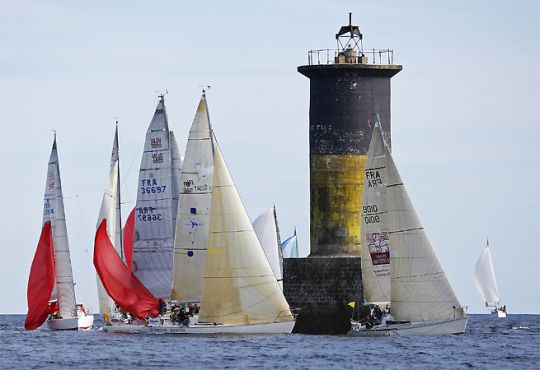
Prepare the boat and crew
- You can't go undercover thinking you're being careful. To be perfectly manoeuvrable, you have to wear the canvas of time.
- For the crew, it's the famous cocktail, harnesses/harness/caps.
- Even if you have to reduce, you'll have to take a reef instead to conserve power with the genoa to get through the waves.
- The engine must be operational to ensure your safety in case of sail damage.
- Check that the VHF is working properly if it is not already - using the semaphore for example.
- Even in good weather, check that the portholes are closed properly, and why not close the descente? panel? Sometimes, even in calm seas, some vicious waves are just waiting to come on board.
- Stall everything inside and out. The sea will become chaotic for a few moments.
- Make a seal available if some crew members are sensitive to seasickness.

 /
/ 

